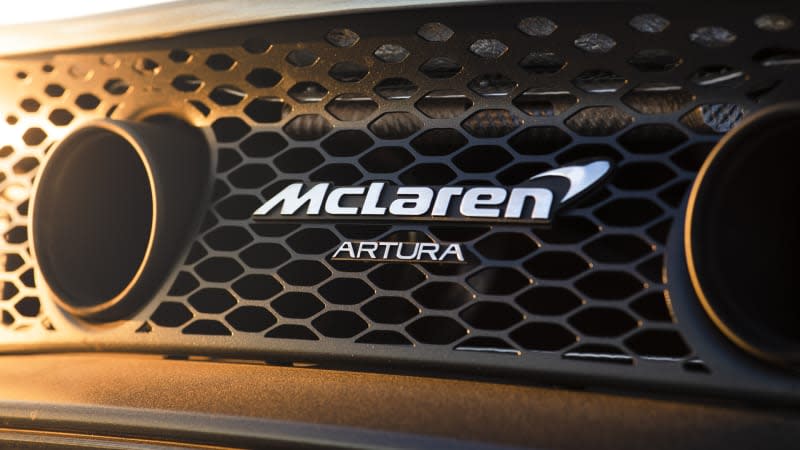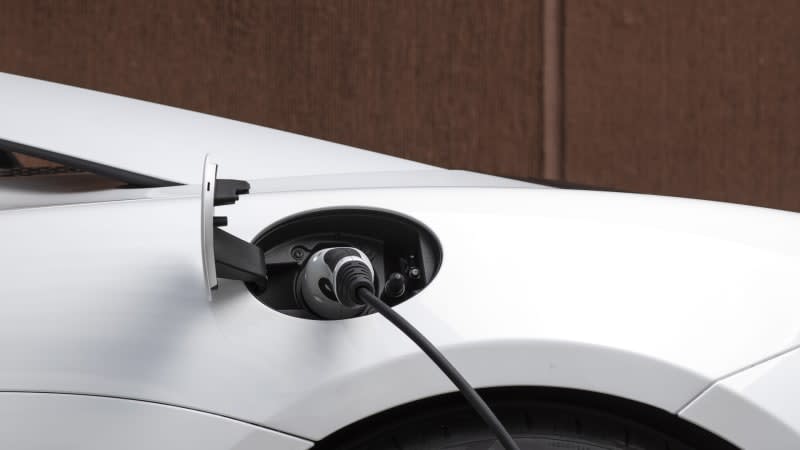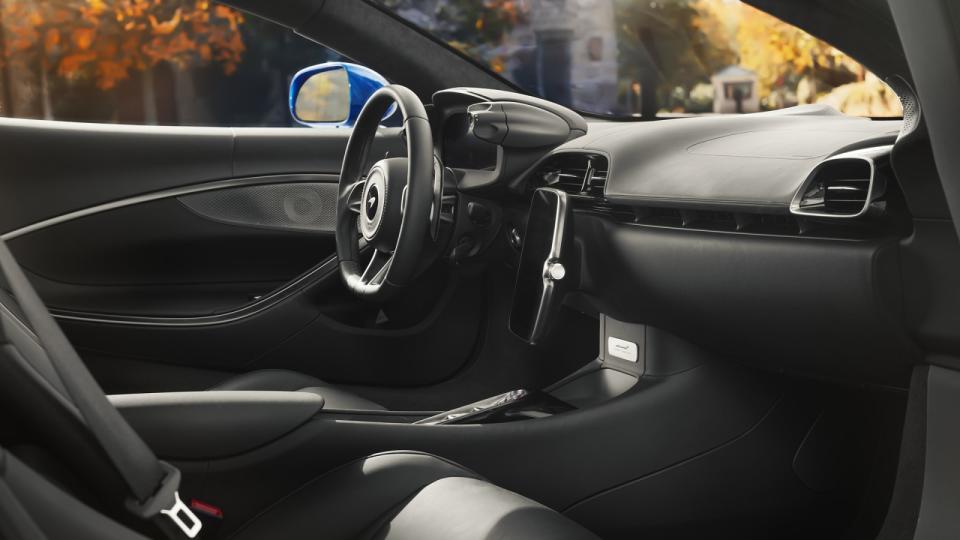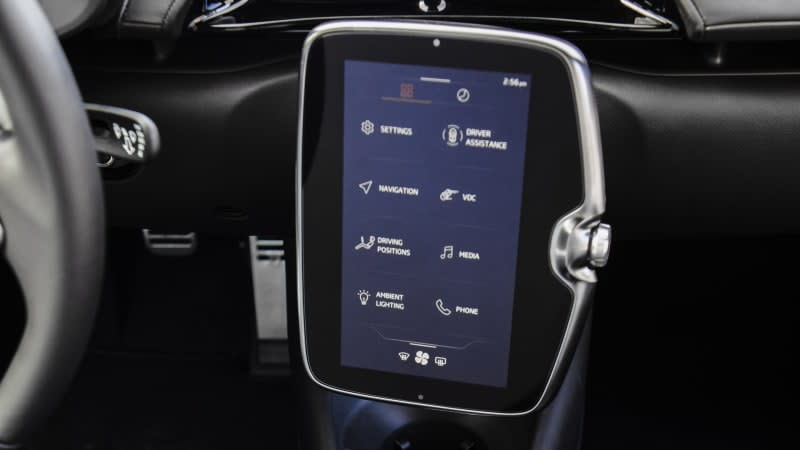2023 McLaren Artura Road Test: Hitting Vegas (and the track) in McLaren's hybrid supercar

LAS VEGAS, Nevada – As I carved my way down the winding tarmac that drapes the Valley of Fire state park while Motörhead battled with the Artura’s new twin-turbocharged V6 for aural superiority, I must admit that efficiency was just about the furthest thing from my mind.
Emissions and fuel economy traditionally aren’t design priorities for mid-engine sports cars with near-quarter-million-dollar price tags. But as global mandates continue to raise the bar for automakers across the industry, the times are a-changing, and McLaren is eager to prove that performance and efficiency can co-exist in a thoroughly compelling sports car.
The Artura is McLaren’s first volume-production hybrid, but it’s not the first time that this type of technology has been integrated into its road cars. A decade ago the company debuted the limited production P1 hypercar, which, with the help of a radial flux motor, generated a stunning 903 horsepower. Engineers took that approach even further with the Speedtail in 2018.
Thanks to the steady march of technology, McLaren says that the Artura’s ‘E-Motor’ system is roughly 33% more power-dense than the P1’s hybrid system while weighing half as much. And at a base price of $237,500 with destination fees, the Artura also exists in a market segment that isn’t exclusive to princes and oligarchs.


But don’t call it "entry level": McLaren says it’s through with the Sports Series / Super Series / Ultimate Series nomenclature. Instead, the Artura sits alongside the 720S in the automaker’s Supercar category, while the softer GT now serves as the starting point for the brand. Seven-figure hypercars like the Speedtail will represent the company’s flagship offerings.
Marketing speak aside, this differentiation indicates that McLaren has big expectations for the Artura. And considering how much new componentry underpins this car – the carbon fiber monocoque chassis, engine, hybrid system, eight-speed dual-clutch transmission with McLaren’s first integrated electronically-controlled rear differential, multi-link rear suspension design, in-car technology, and other core elements are all the result of clean-sheet designs – it’s reasonable to expect that we’ll be seeing a lot more of this hardware in future McLaren models. But rest easy, purists. This thing doesn’t disappoint.
While the superformed aluminum and carbon fiber bodywork takes some inspiration from the 570S and 720S that came before it, once settled in at the helm, it’s clear that this isn’t just more of the same. Improving everyday usability was a big priority in the Artura’s overall design, and that’s evident just by looking at the control scheme. McLaren has completely revamped its formerly ponderous layout for vehicle settings, placing rocker switches for the powertrain modes and suspension settings on the gauge cluster housing to make those functions accessible without taking your hands off of the steering wheel or your eyes off of the road. The available nose lift system now gets its own easy-to-reach toggle button on the lower dash, too – an upgrade that might initially seem trivial, but can make a big impact on everyday drivability in a car that sits this low to the ground.




 Yahoo Autos
Yahoo Autos 
